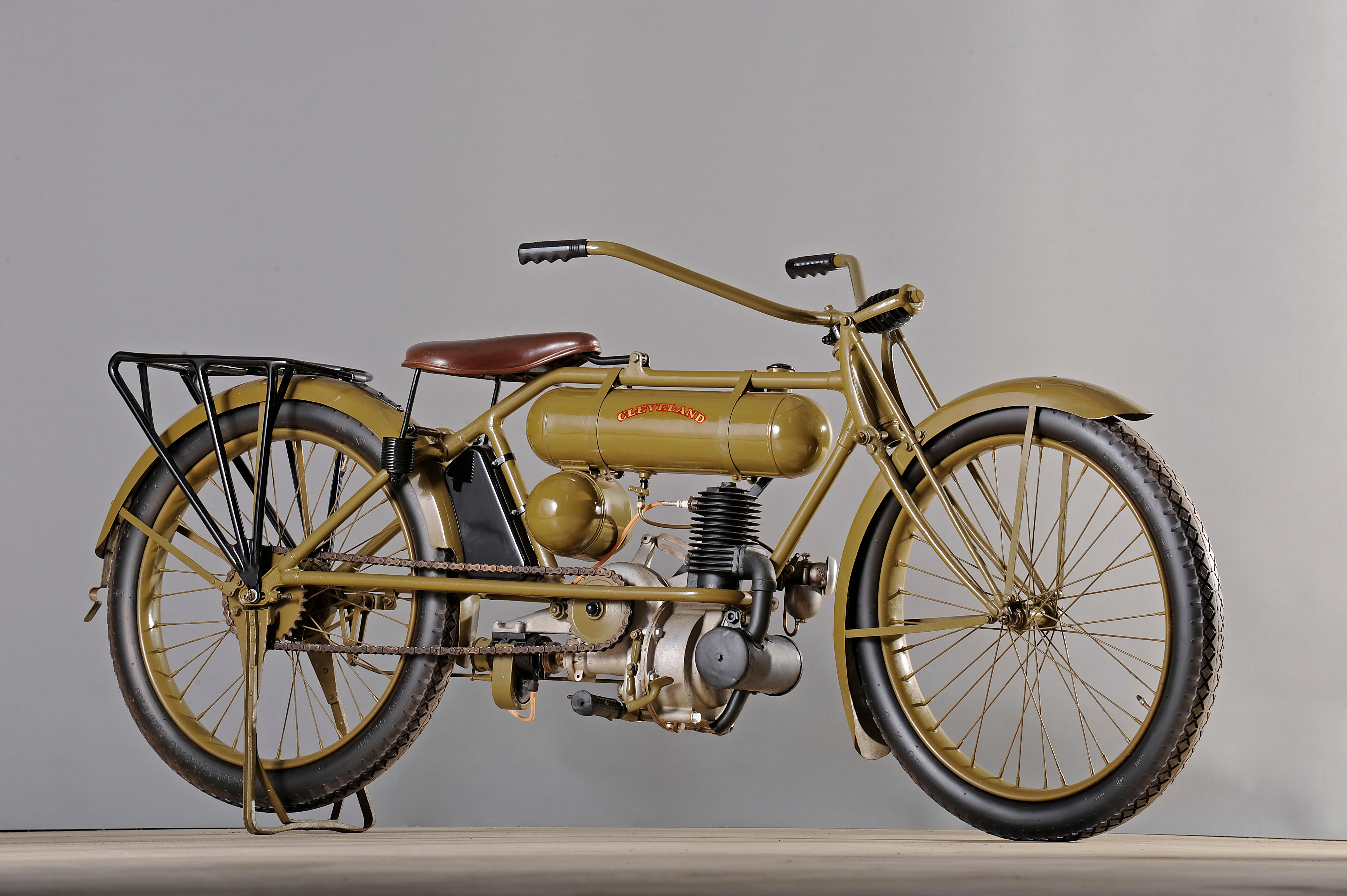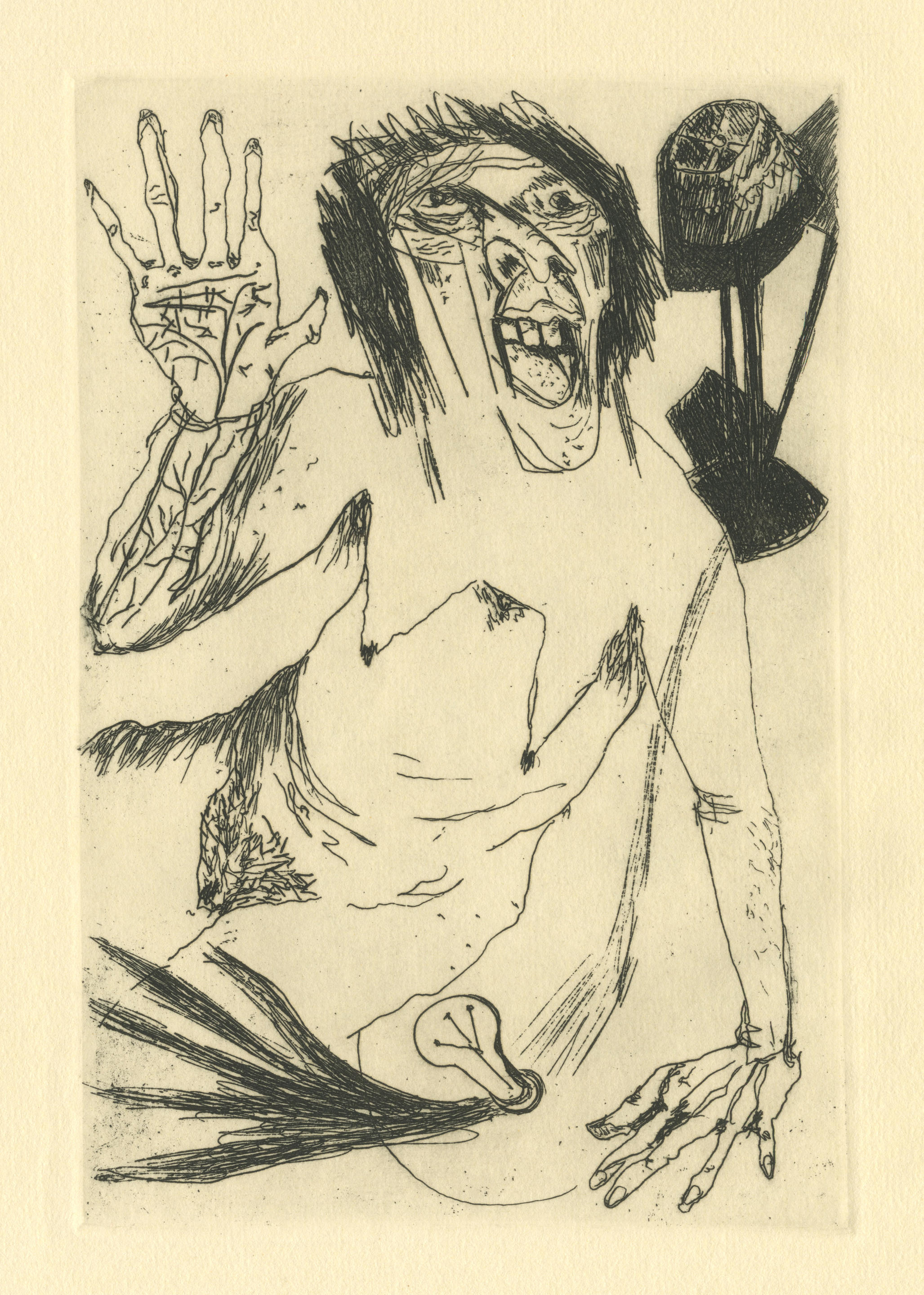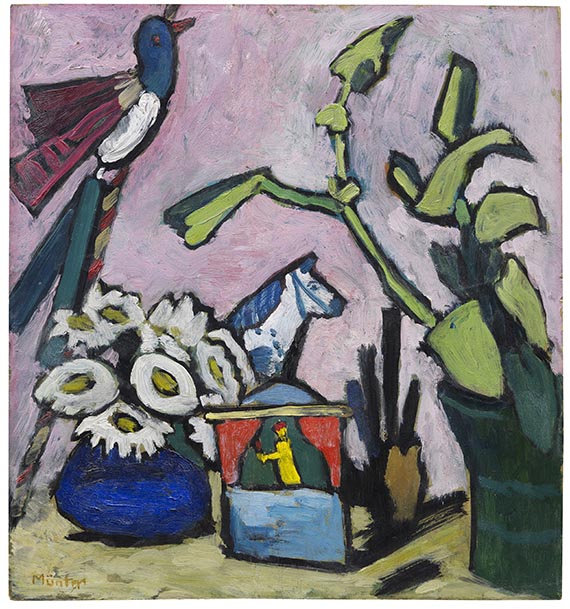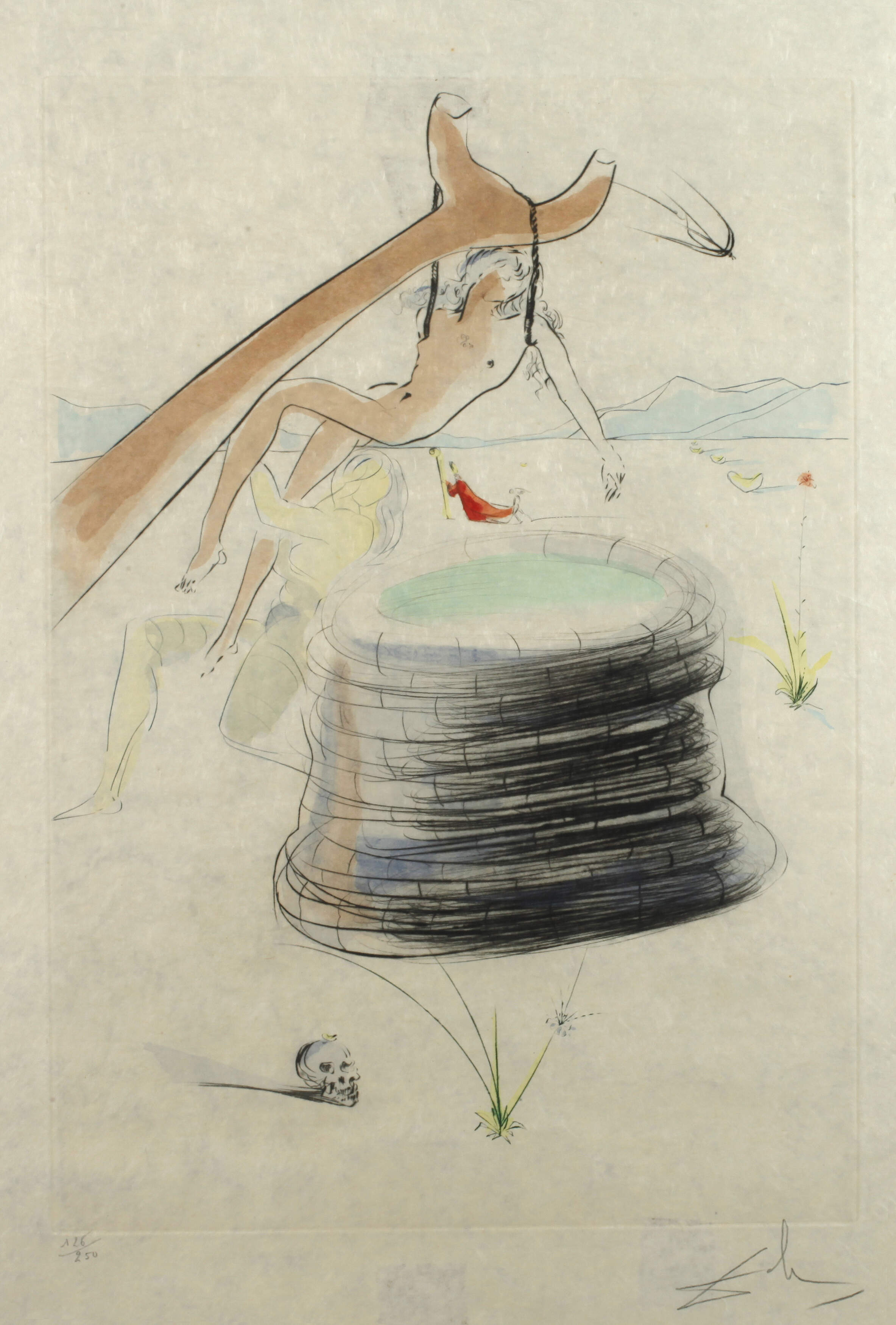The Cleveland Motorcycle Manufacturing Company, of Cleveland, Ohio was in business from 1915 to 1929, commencing modestly enough with a single-cylinder two-stroke lightweight before progressing to a mighty 61ci four. Built between 1915 and 1924, the 13.5ci (221cc) two-stroke was unusual in mounting its engine with the crankshaft inline with the frame, a sensible arrangement for a shaft-driven motorcycle but one that necessitated a worm gear to turn the drive through 90 degrees on the chain-driven Cleveland. Early models lacked a kick-starter, which was adopted for 1917, while subsequent improvements included a combined fuel/oil tank, battery electrics and foot-boards instead of pegs. All models had two-speed transmission and a front fork copied from the British 'baby' Triumph. The two-stroke's replacement for 1925 was a 21.25ci (348cc) single-cylinder four-stroke 'flat head' that failed miserably in the face of competition from the Indian Prince. Changing tack, Cleveland came back with a 36.6ci (600cc) T-head four - a close copy of the defunct Pierce – which was followed by 45ci (750cc) and 61ci (1,000cc) F-head models as the decade progressed. In its ultimate, Century incarnation, Cleveland's biggest four was a genuine 100mph machine, but its arrival in 1929 ahead of the Wall Street Crash came too late to save Cleveland, which ceased motorcycle manufacture later that same year. Described as a 'cosmetic restoration', this rare Cleveland motorcycle was purchased at Bonhams' sale of the Richard C Paine Jr. Collection at Owls Head, Maine in September 2008 (Lot 811). Since acquisition the machine has formed part of the Fabergé Museum collection in Germany and will require re-commissioning and safety checks prior to returning to the road following a period of static display. It is offered with (copy) bill of sale recording the change of ownership from Donald A Stewart by Richard C Paine Jr in February 1987 as part of a group purchase of machines.
The Cleveland Motorcycle Manufacturing Company, of Cleveland, Ohio was in business from 1915 to 1929, commencing modestly enough with a single-cylinder two-stroke lightweight before progressing to a mighty 61ci four. Built between 1915 and 1924, the 13.5ci (221cc) two-stroke was unusual in mounting its engine with the crankshaft inline with the frame, a sensible arrangement for a shaft-driven motorcycle but one that necessitated a worm gear to turn the drive through 90 degrees on the chain-driven Cleveland. Early models lacked a kick-starter, which was adopted for 1917, while subsequent improvements included a combined fuel/oil tank, battery electrics and foot-boards instead of pegs. All models had two-speed transmission and a front fork copied from the British 'baby' Triumph. The two-stroke's replacement for 1925 was a 21.25ci (348cc) single-cylinder four-stroke 'flat head' that failed miserably in the face of competition from the Indian Prince. Changing tack, Cleveland came back with a 36.6ci (600cc) T-head four - a close copy of the defunct Pierce – which was followed by 45ci (750cc) and 61ci (1,000cc) F-head models as the decade progressed. In its ultimate, Century incarnation, Cleveland's biggest four was a genuine 100mph machine, but its arrival in 1929 ahead of the Wall Street Crash came too late to save Cleveland, which ceased motorcycle manufacture later that same year. Described as a 'cosmetic restoration', this rare Cleveland motorcycle was purchased at Bonhams' sale of the Richard C Paine Jr. Collection at Owls Head, Maine in September 2008 (Lot 811). Since acquisition the machine has formed part of the Fabergé Museum collection in Germany and will require re-commissioning and safety checks prior to returning to the road following a period of static display. It is offered with (copy) bill of sale recording the change of ownership from Donald A Stewart by Richard C Paine Jr in February 1987 as part of a group purchase of machines.









.jpg)





Testen Sie LotSearch und seine Premium-Features 7 Tage - ohne Kosten!
Lassen Sie sich automatisch über neue Objekte in kommenden Auktionen benachrichtigen.
Suchauftrag anlegen